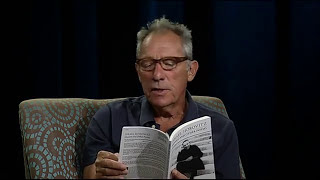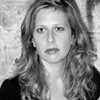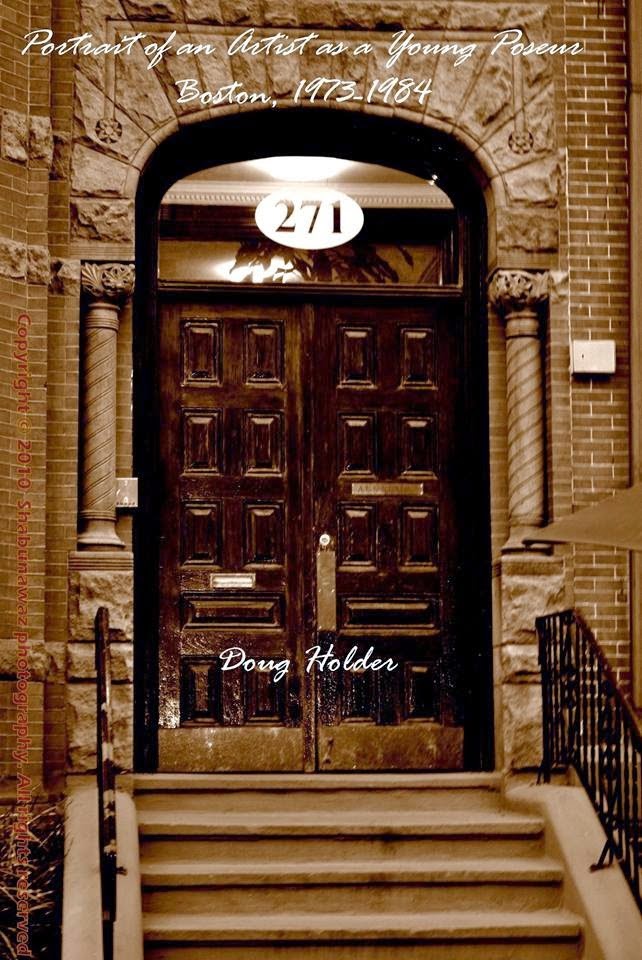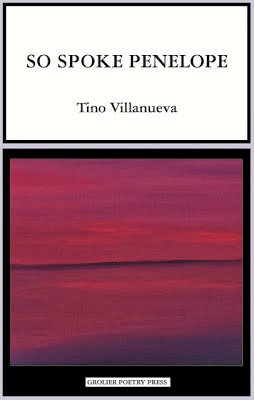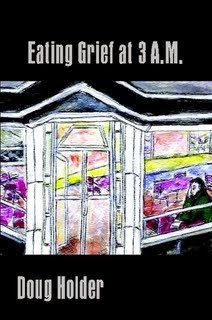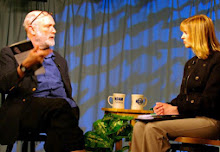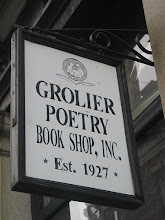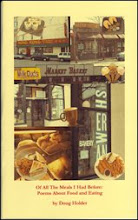The Red Letters
In ancient Rome, feast days were indicated on the calendar by red letters. To my mind, all poetry and art serves as a reminder that every day we wake together beneath the sun is a red-letter day.
– Steven Ratiner
Red Letter Poem #142
“Where the spirit does not work with the hand, there is no art.” These words come from no less an authority than Leonardo da Vinci. So here, on the verge of another new year, I offer a few words in praise of making – that most human of activities – where attentive minds and skilled hands echo what was once thought of as ‘the divine work of Creation.’ Starting out with the clutter of raw of materials, vision must first arise, then skill take hold, as clarity slowly emerges – all before some product can be manufactured. Perhaps we’ve forgotten that the very word is anchored to that Latin root: manū, by hand. Sad to say, the work of capable hands has been, to a large extent, devalued in our economy, supplanted by the mechanization of production and, more recently, the Amazonification of desire. But the term should remind us that we were once surrounded by goods made by hand, produced with a craftsman’s pride, and exemplifying the dignity of such labor.
Moira Linehan centers her fourth collection of poems, & Company (Dos Madres Press), on the figure of her maternal grandmother – a talented dress designer and seamstress who left France in 1905 to start a new life on these American shores. The poems – like today’s “Ars Poetica” – celebrate women making a variety of works by hand. The writing is rich with detail and the specialized vocabulary of sewing, painting, home-making – all in order to conjure the spirits of these artists and artisans, to make their achievement visible to a contemporary audience. What we frequently fail to consider is the effect those handmade beauties might have on those who experience them – in their homes, communities, or even museums. The Arts and Crafts movement, that flourished in Britain and Europe in the 19th and early 20th century, was centered around the need for such work. They made these their watchwords: Head Hand and Heart. It spoke to their belief that such a holistic sense of creativity could revolutionize society and heal its ills. One of their leading proponents, William Morris, declared: “Have nothing in your house that you do not know to be useful, or believe to be beautiful." My impression is that Moira’s grandmother would be nodding her approval. Of course, you’ll have noticed that Moira has titled her piece of handiwork “Ars Poetica”, a term for a poem that attempts to give definition to the art form. And I believe she is attempting, in this carefully-constructed unrhymed sonnet, to make us feel the “weight, texture, give, nap” of language, almost as if we could touch its materials with our very hands – yet another homage to her forebear.
I hope you’ll permit me yet one more quotation on the subject, again from another craftsman so much more accomplished than I am – this from the great German poet Rainer Maria Rilke. Approaching one new year at the dawn of the 20th century, he wrote this in a letter to a friend: “And now let us believe in a long year that is given to us, new, untouched, full of things that have never been, full of work that has never been done. . .”. I could not think of a better wish for you, gentle reader, or for myself. Though we tend to live our lives as if the year – or the great cycles of years – is given to us outright, somewhere in our minds we know that nothing is promised. To more thoroughly savor this very day, why not notice one well-made thing close at hand that brings us pleasure. Or better yet, why not make a new one ourselves – whether it be a hand-knitted scarf, a crusty loaf of sourdough, a well-framed photograph, or a vessel for memory in the form of a well-wrought verse. Our heads, hands, and hearts cannot help but feel grateful for the effort.
Ars Poetica
Nine-tenths preparation, this artist’s work.
First, fabric between thumb and forefinger,
feeling weight, texture, give, nap. The planning
beforehand. Washing washable textiles
to shrink them before they’re sewn. Laying out
the pattern so the design flows, the plaid lines
match, the dress drapes. Shears sharp so the seams
won’t pucker, twist, ravel. A seamstress’s stress.
Then the fitting, the pinning and re-pinning
those seams. Right shade of thread? The sewing,
seemingly magic, not one stitch visible.
Each seam, steam-pressed flat till at last the sewn
carries material and a dressmaker’s vision
out into the world, all in one piece, seamlessly.
––Moira Linehan
The Red Letters 3.0
* If you would like to receive these poems every Friday in your own in-box – or would like to write in with comments or submissions – send correspondence to:
steven.arlingtonlaureate@gmail.com
* To learn more about the origins of the Red Letter Project, check out an essay I wrote for Arrowsmith Magazine:
https://www.arrowsmithpress.com/community-of-voices
and the Boston Area Small Press and Poetry Scene
http://dougholder.blogspot.com
* For updates and announcements about Red Letter projects and poetry readings, please follow me on Twitter
@StevenRatiner
.jpg)



